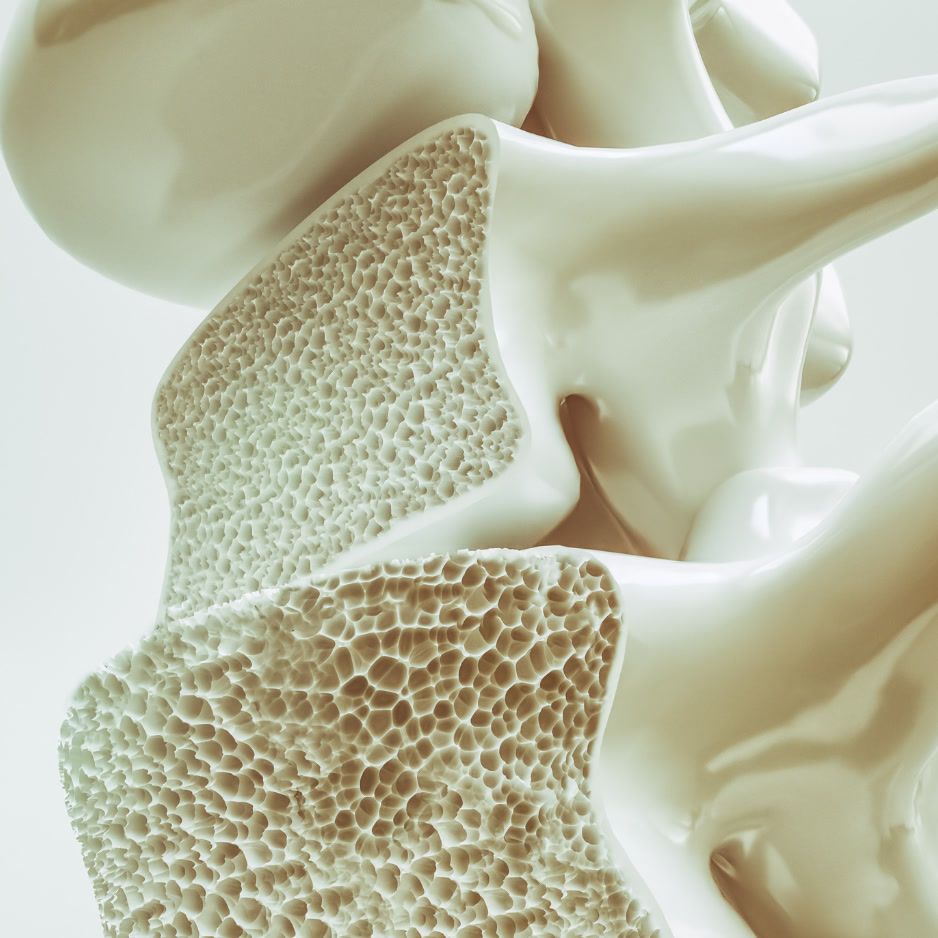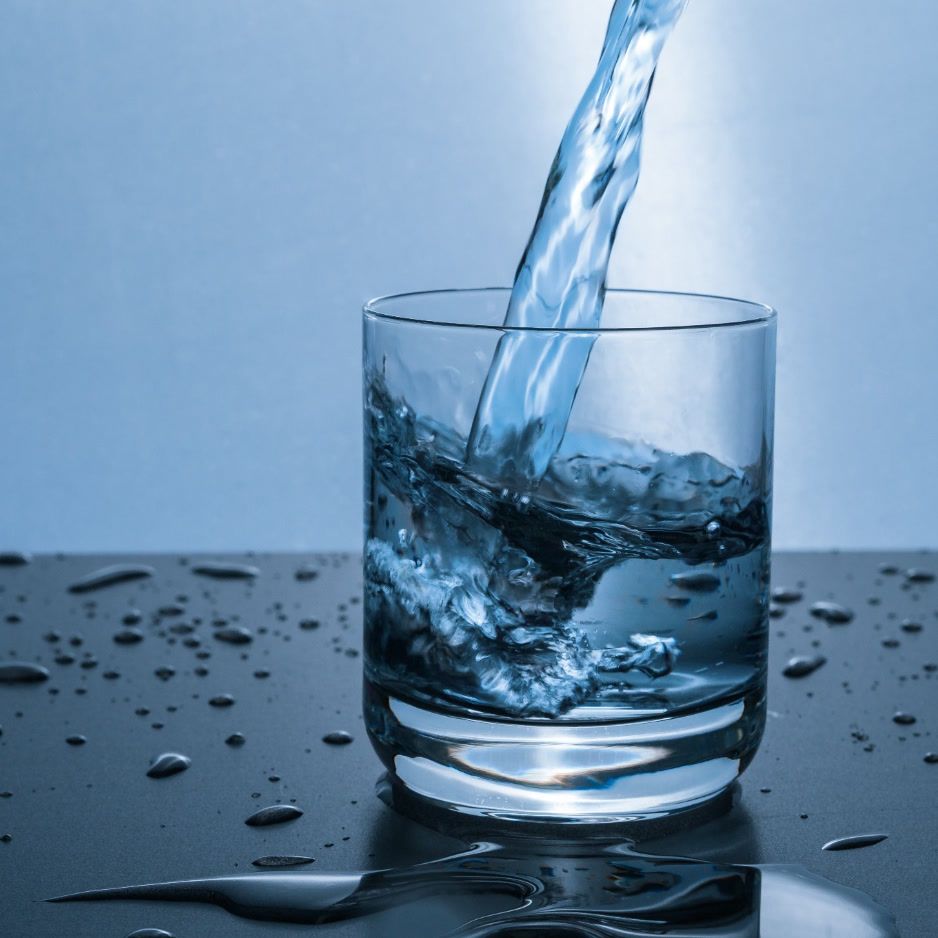Creatine Loading Phase: How-To, Schedule & Safety
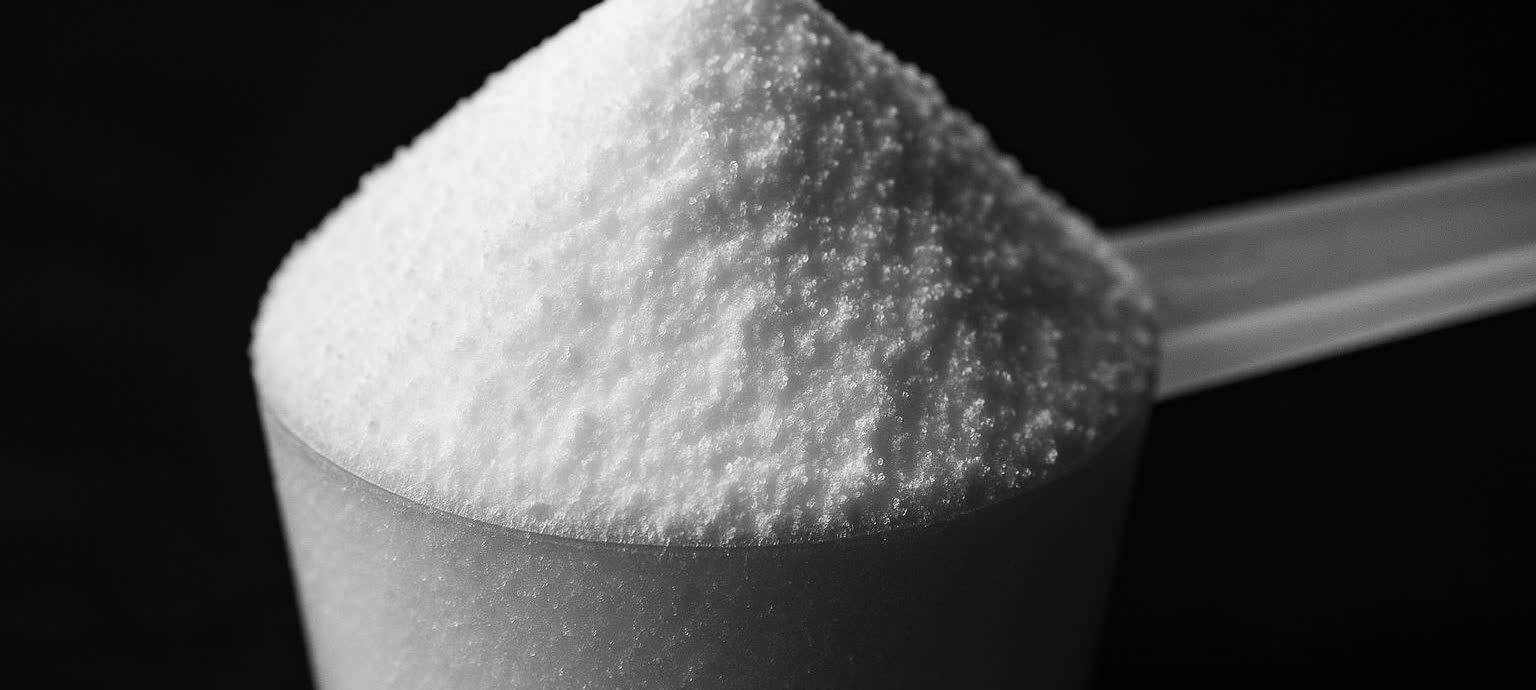
Creatine Loading Phase: How-To, Schedule & Safety
- Quick answer: Take 0.3 g/kg/day of creatine monohydrate for 5–7 days, split into 3–4 smaller doses. Then switch to 3–5 g/day for maintenance (ISSN position stand). Prefer to skip loading? 3–5 g/day from day one still saturates your muscles—just takes about 3–4 weeks (ISSN review).
Want it customized to your body weight? Use our Ultimate Creatine Calculator to get a 5–7 day plan, dose splits, and maintenance.
Why load at all?

Loading gets you results sooner. By quickly saturating your muscles’ creatine stores, you can see earlier bumps in strength, power, and training volume. The standard recommendation is ~0.3 g/kg/day for 5–7 days, then maintenance (ISSN position stand). Skipping loading works too—you’ll just reach the same saturation a few weeks later (ISSN review).
What to expect in week one: a small, quick uptick on the scale from extra water associated with higher muscle creatine levels. Research finds no harmful fluid distribution changes with standard protocols (study on body water distribution and myth-busting review).
How to run a 5–7 day loading phase (step‑by‑step)
- Calculate your daily loading amount
- Formula: 0.3 g × your body weight (kg) per day. Example: 80 kg × 0.3 = 24 g/day (ISSN position stand).
- Split into 3–4 servings
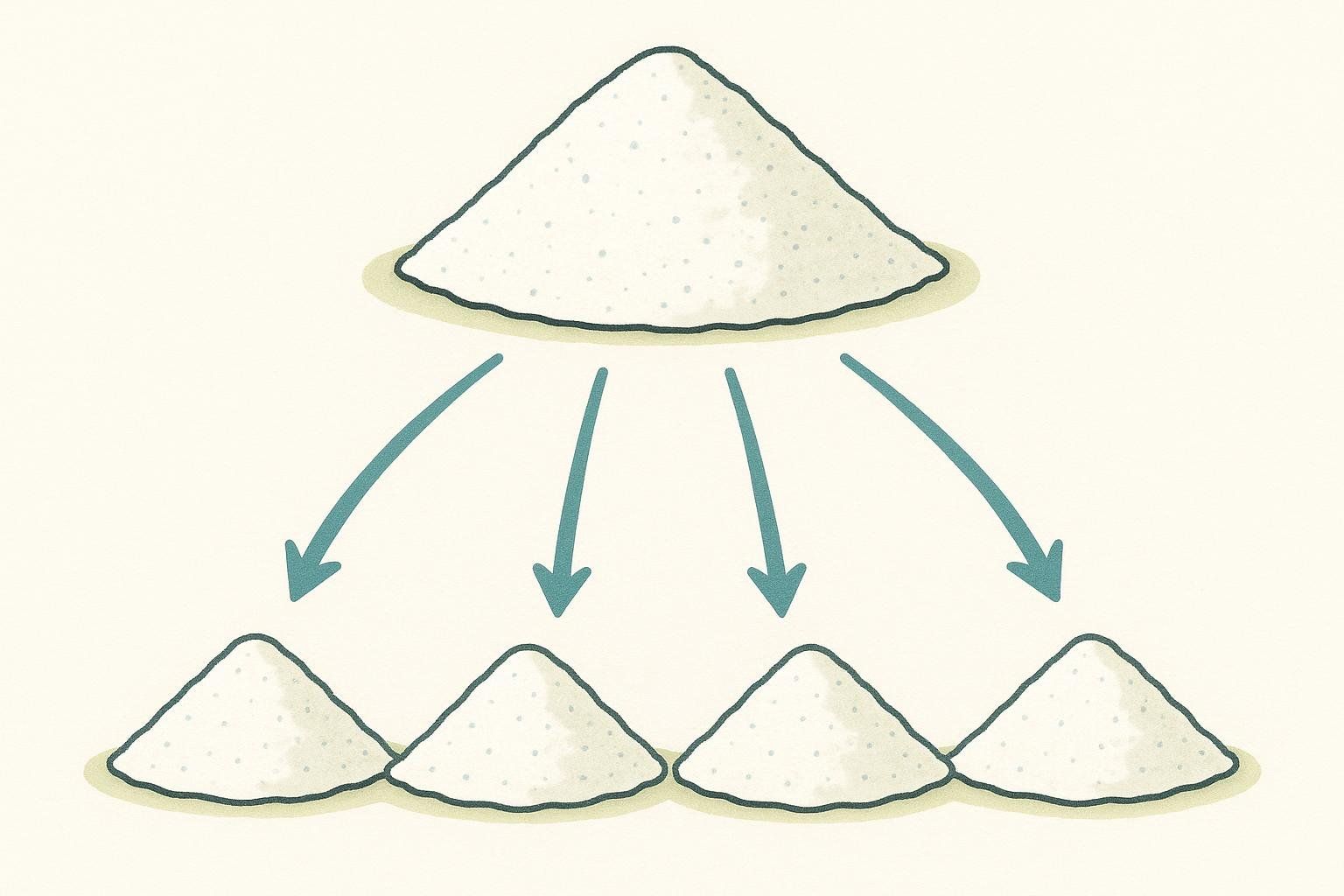
- Dividing your total into 3–4 equal doses improves comfort (e.g., 24 g/day → 4 × 6.0 g) (GI distress study).
- Pair with a meal or a carb+protein snack
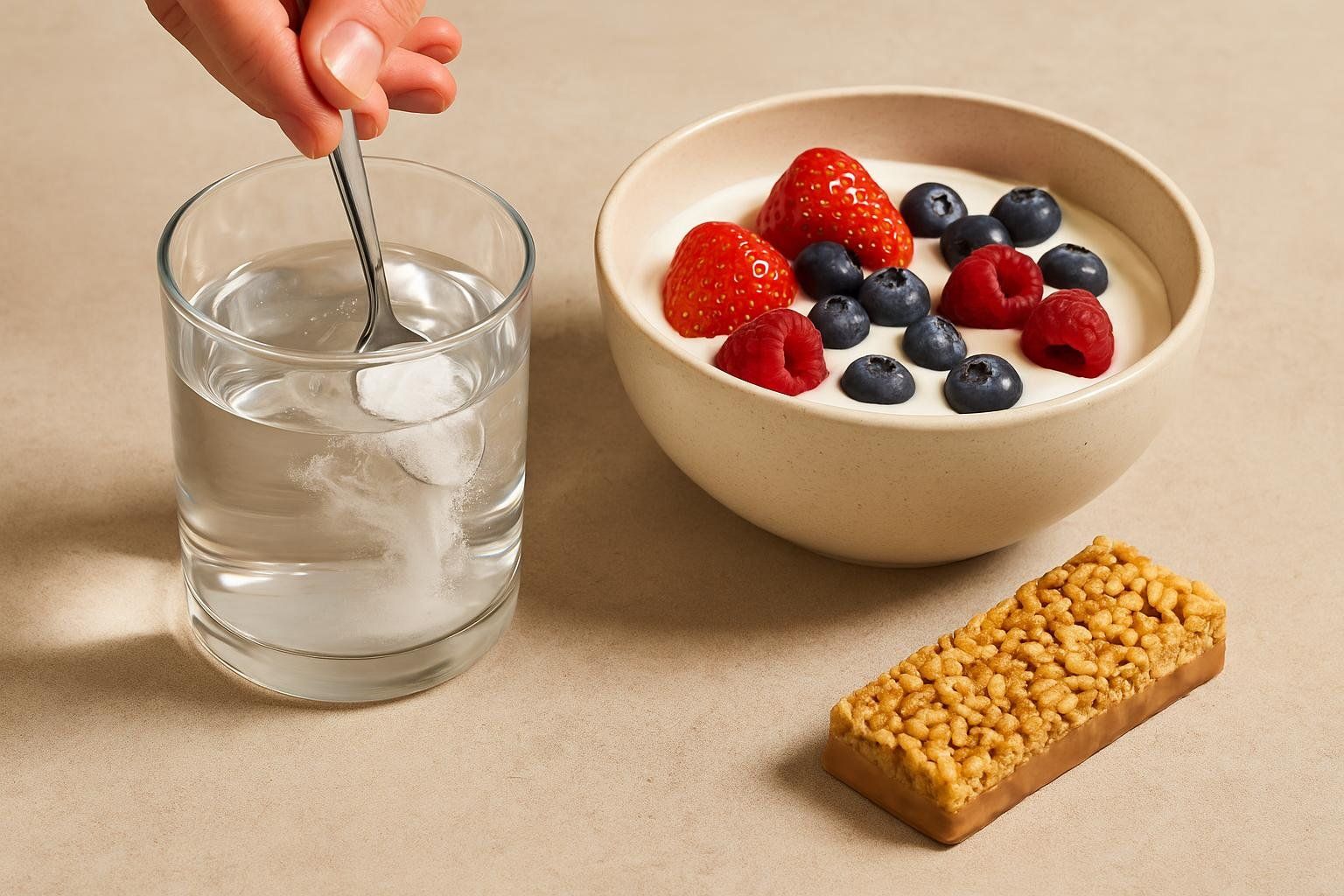
- Taking creatine with carbohydrates + protein can boost retention versus low‑carb intake (co‑ingestion study).
- Maintain normal hydration
- Maintain your typical fluid intake; excessive water consumption is not required. Studies show weight gain is mostly water associated with muscle, without adverse shifts in where that water sits (body water study and ISSN review).
- Transition to maintenance
- After 5–7 days, move to 3–5 g/day. If you never load, 3–5 g/day still saturates in ~3–4 weeks (ISSN position stand and ISSN review).
Weight‑based loading table (0.3 g/kg/day)
Use your body weight to find your total per‑day loading target and a simple 4×/day split.
| Body Weight | Total per day | 4×/day split |
|---|---|---|
| 50 kg | 15.0 g/day | 4 × 3.8 g |
| 60 kg | 18.0 g/day | 4 × 4.5 g |
| 70 kg | 21.0 g/day | 4 × 5.3 g |
| 80 kg | 24.0 g/day | 4 × 6.0 g |
| 90 kg | 27.0 g/day | 4 × 6.8 g |
| 100 kg | 30.0 g/day | 4 × 7.5 g |
| 110 kg | 33.0 g/day | 4 × 8.3 g |
| 120 kg | 36.0 g/day | 4 × 9.0 g |
Tip: a small kitchen scale or a scoop with 0.5‑g markings makes these splits easy.
Sample 1‑day loading schedule (24 g total example)
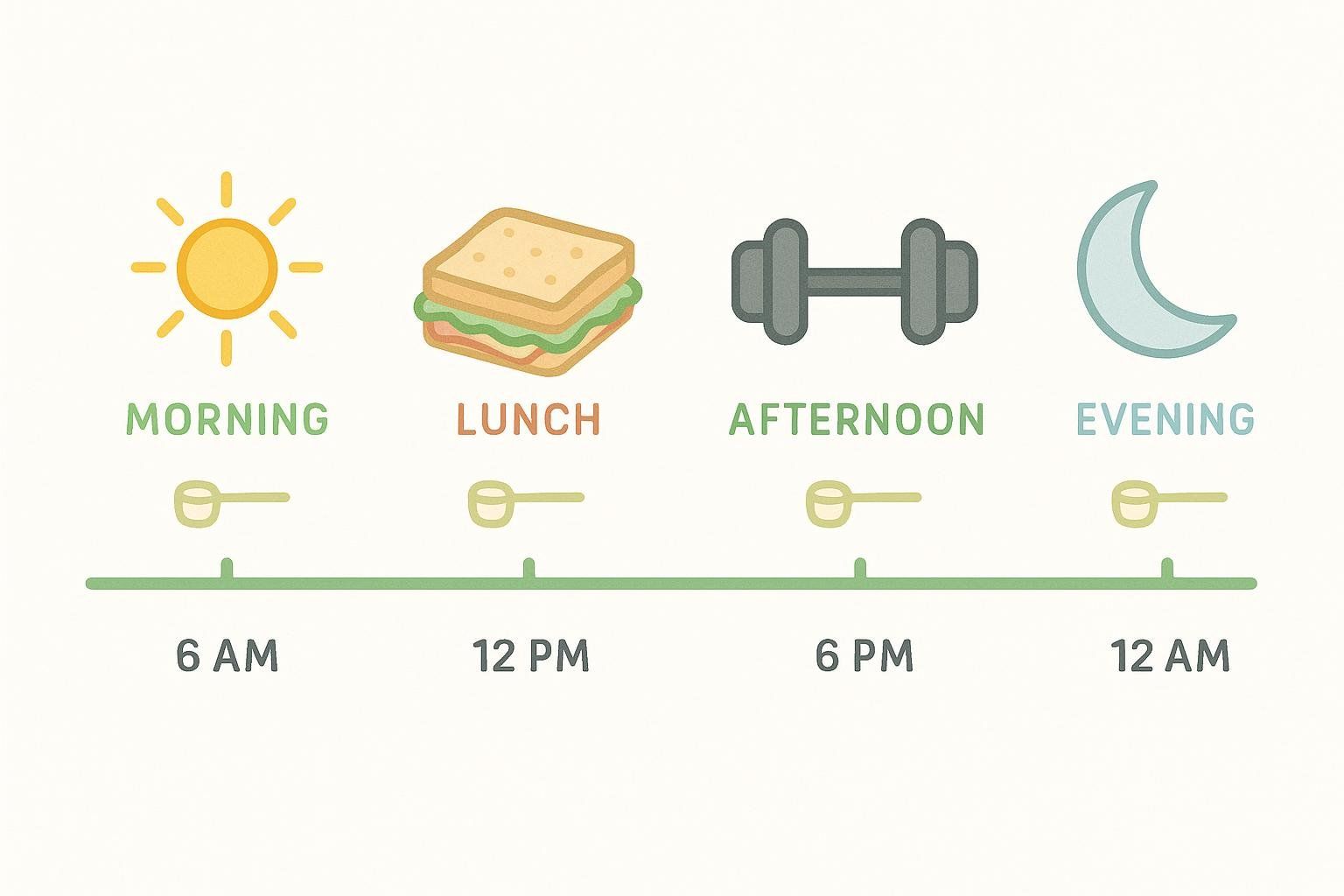
- Breakfast: 6 g in water or mixed into yogurt
- Lunch: 6 g with a sandwich and milk (carbs + protein)
- Post‑workout or afternoon: 6 g in a protein shake
- Dinner: 6 g with a carb+protein meal
Maintenance dosing vs. the no‑load route
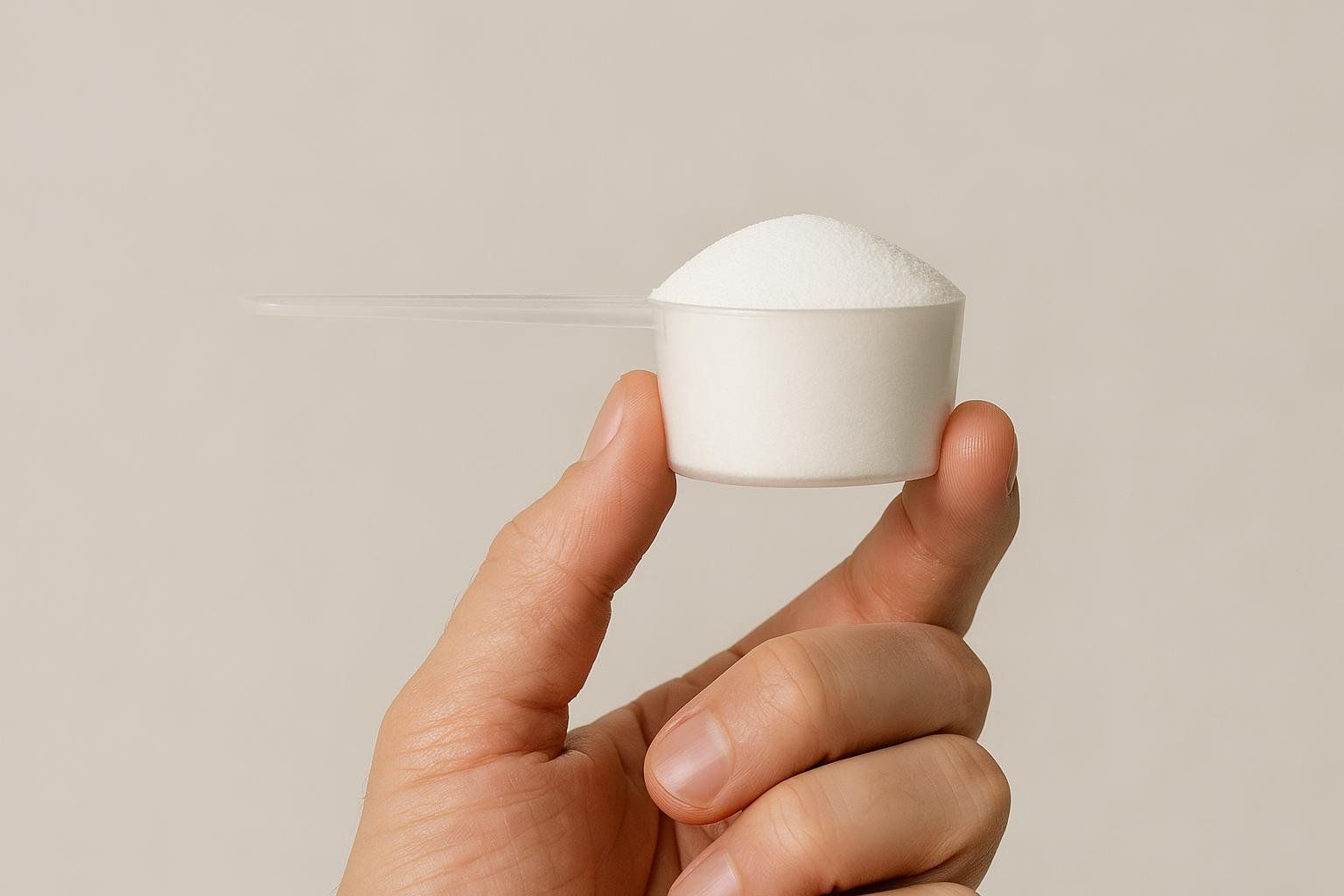
- After loading: 3–5 g/day keeps you topped off (ISSN position stand).
- No‑load: Start 3–5 g/day from day one; expect ~3–4 weeks to reach the same saturation—great if you’d rather avoid a quick scale bump (ISSN review).
Timing tips that actually matter
- Consistency beats timing. Daily intake matters far more than “pre vs. post” windows (performance review).
- Caffeine: Evidence is mixed. A classic trial found that daily caffeine during a loading phase eliminated creatine’s performance benefit (one classic trial), while a recent systematic review reports mixed findings depending on dose and duration (a 2022 systematic review). If you use both, keep caffeine intake low-to-moderate during loading or separate caffeine and creatine around workouts.

Side effects, safety, and who might skip loading
- Common (usually mild): temporary GI upset if you take big single doses. Splitting and taking with meals helps.
- Water weight: a small, rapid increase on the scale during week one is normal.
- Kidneys: Extensive data show no harm in healthy adults at recommended doses—even longer‑term use—though people with kidney disease should talk to a clinician first (Mayo Clinic and ISSN review).
- Creatine form: Creatine monohydrate is the most researched and recommended form for its proven efficacy and value (ISSN review).
- Endurance emphasis: For those focused on endurance, consider skipping the loading phase and using 3–5 g/day to avoid a rapid weight uptick while you still accrue benefits over a few weeks (ISSN review).
For a deeper dive on how creatine works in training, see our explainer on the role of creatine in muscle building.
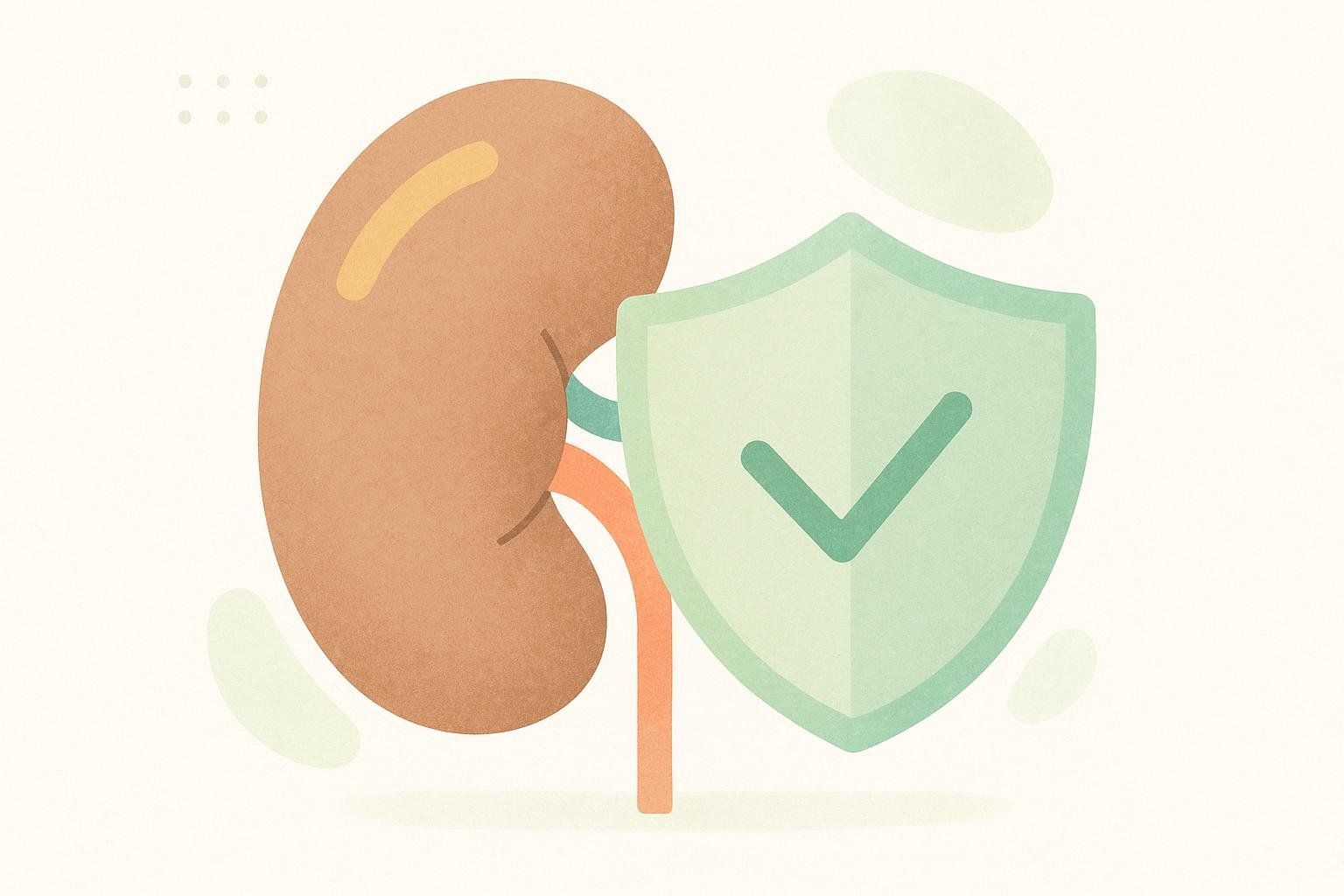
Frequently asked questions
Is the creatine loading phase necessary?
No. It just gets you to full saturation faster. 3–5 g/day without loading reaches similar levels in roughly 3–4 weeks (ISSN review).
What’s the best maintenance dose?
Most people do well with 3–5 g/day after loading (ISSN position stand).
Do I need “micronized,” “buffered,” or other fancy forms?
No. Creatine monohydrate is still the gold standard for efficacy, safety, and value (ISSN review).
How long should I stay on creatine?
Studies support long‑term use at recommended doses in healthy adults, with multi‑year safety data (Mayo Clinic and ISSN review).
Will creatine make me bloated?
Early weight gain is water associated with increases in muscle creatine stores—not harmful “water bloat.” Research shows no adverse fluid distribution changes with standard protocols (myth‑busting review and body water study).
Does creatine help beyond strength and power?
Yes. Beyond short, high‑intensity efforts, research suggests roles in recovery, glycogen storage, and possibly thermoregulation—endurance benefits are mixed (performance and recovery review). For more, see our guide to creatine’s role in weight loss.
Tracking body composition changes
Creatine can increase lean mass and the water associated with muscle. If you’re pursuing recomposition or performance, a BodySpec DEXA scan shows whether scale changes are coming from fat, lean mass, or bone while also tracking your visceral fat levels. Ready to see what’s really changing? Book your DEXA scan.
This article is for educational purposes and is not a substitute for medical advice. Talk to your healthcare provider before starting any supplement, especially if you have kidney disease or other medical conditions.

